
EXCLUSIVE: 2024 Bajaj Pulsar 150 Launched, Know Onroad Price, New...
- Apr 9, 2024
- Views : 4984


While the upcoming BSIV norms have been a major reason for manufacturers to refresh their range, Bajaj Auto has gone a step further with subtle updates and revisions to make their Pulsar range fresh and more exciting. While all Pulsars now get the AHO (Always Headlamps On) function as standard, a major change has been affected to the carbureted models. All the carbureted models now get a new CDI ignition which has 5 ignition maps, instead of the commonly used 2 maps, to enhance performance, economy and emissions. This has enabled Bajaj to make their new 2017 Bajaj Pulsar range adhere to BS-IV emission norms without the addition of fuel injection, which would have escalated the price. We list down the major changes that has been made to the new Pulsar range.
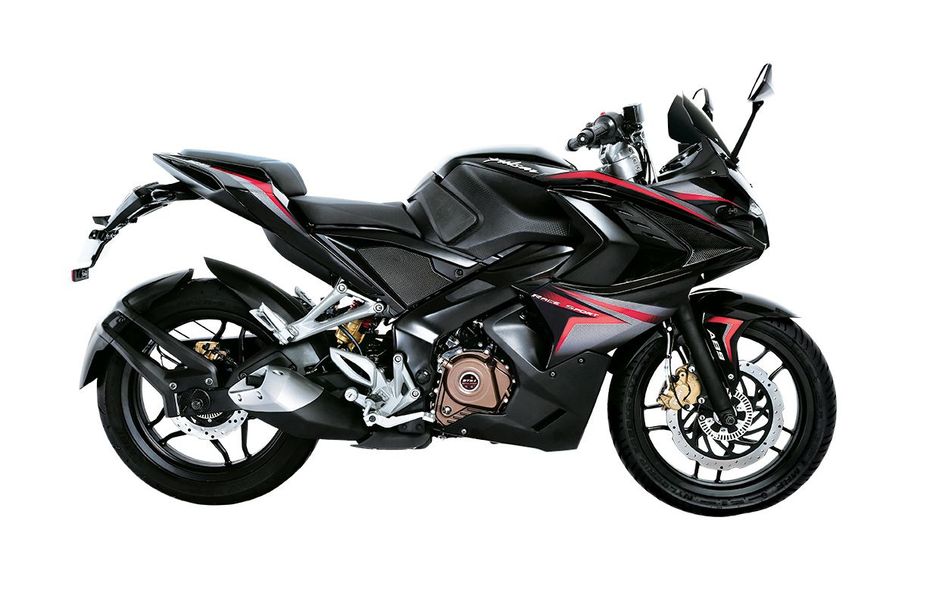
Pulsar RS200
The Pulsar RS200 was the first fully-faired bike to be launched by Bajaj and also the first motorcycle from its portfolio to offer single-channel ABS as an option. It was also the most powerful bike from Bajaj before the launch of the Dominar 400. The bike drew a lot of attention due to its polarizing design.
Bajaj has attempted to tone down the design with a new two-tone graphics scheme. The updated bike gets a new BS-IV engine which is more refined but produces the same 24.5PS @ 9750rpm of power and 18.6Nm @ 8000rpm of torque. The bike is priced at Rs 1,21,881 (ex-showroom, Delhi) for the standard variant and the Rs 1,33, 883 for the ABS variant. The BS-IV update has resulted in a price hike of Rs 2,000 in comparison to the outgoing models. It faces competition from the Yamaha R15 Version 2.0, Honda CBR150R, Hero Karizma ZMR and KTM RC200.
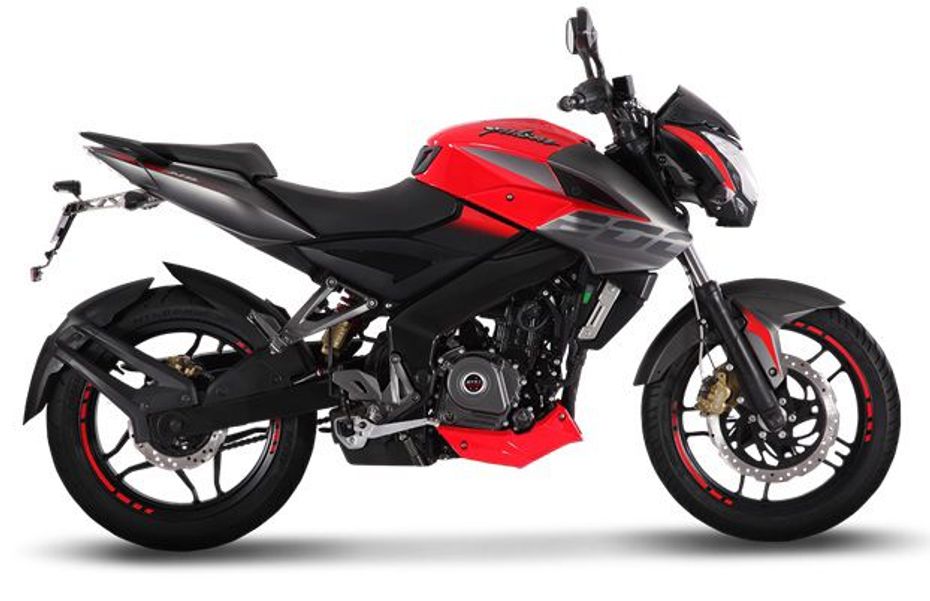
Pulsar NS200
The Pulsar NS 200 was the most powerful bike launched by the Chakan-based two-wheeler giant until the Dominar came along recently. It was also the first motorcycle to come out of Bajaj’s partnership with KTM, and the first Bajaj to get liquid-cooling and triple spark technology. The bike was discontinued at the start of 2016 as sales slid but Bajaj has given it a new lease of life as part of the new 2017 Pulsar range.
It gets revised graphics and a new belly-pan to distinguish itself from the older model. The updated BS-IV engine is claimed to be more refined though performance remains the same at 23.5PS @ 9500rpm and 18.3Nm @ 8000rpm. The bike is priced at Rs 96,453 (ex-showroom, Delhi) - Rs 3000 more than the 2016 model.The Pulsar NS200 rivals the TVS Apache RTR200 and the Yamaha FZ25.
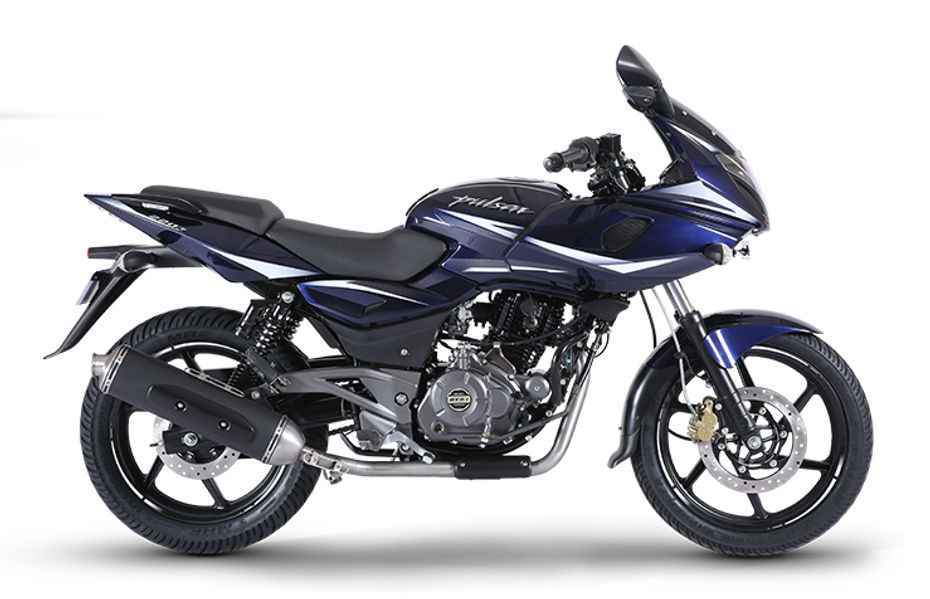
Pulsar 220
The Pulsar 220 was the highest capacity bike from Bajaj until the Dominar 400 was launched recently. It was one of the first affordable entry level sportsbikes which offered excellent value for performance. Despite being over a decade old, the Pulsar 220 still remains popular among Indian bikers and can compete with modern rivals even in terms of performance. For 2017, the Pulsar 220 gets revised graphics, blacked-out exhaust muffler, new blue backlighting for the instrumental cluster compared to the amber one on the previous bike, and faux carbon fiber finish around the instrument console.
The BS-IV engine has been revised for refinement. Power output remains unchanged at 21.1PS @ 8500rpm and 18.6Nm @ 7000rpm. The bike is priced at Rs 91,201 (ex-showroom, Delhi), which is a premium of Rs 2000 more than the outgoing model. It faces competition from the Hero Karizma ZMR, Yamaha FZ25 and the TVS Apache RTR 200 with respect to displacement.
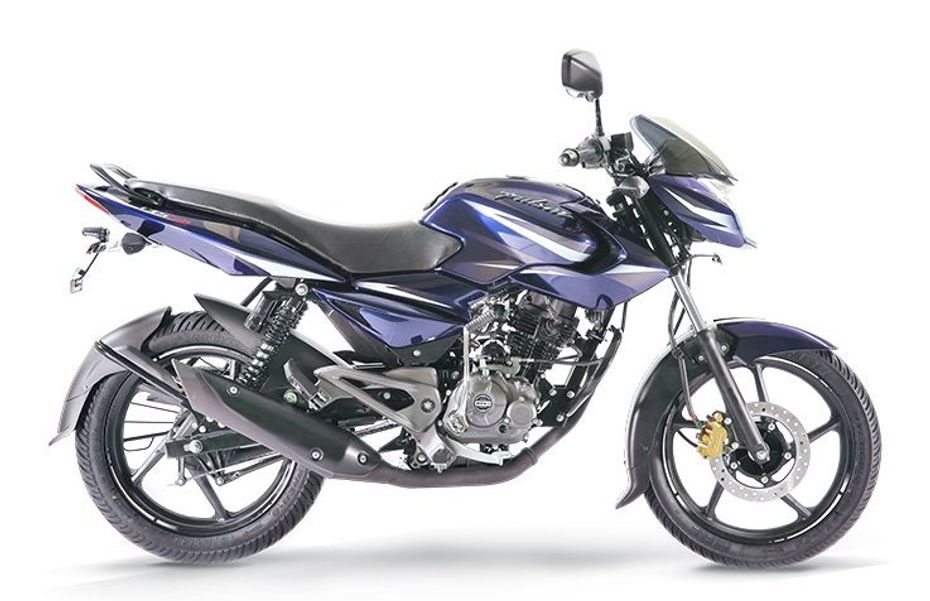
Bajaj Pulsar LS135
The Pulsar LS 135 was launched for customers who wanted the performance of a 150cc bike with the affordability of a 125cc bike. It was one of the first bikes in its segment to come with a 4-valve engine, that made 13.6PS and 11.4Nm of torque, which was close to the 150cc bikes of that era. The performance angle did not catch up with customers and the LS 135 did not pull in the desired numbers, resulting in Bajaj slashing the bike’s price by Rs 5,000 to attract prospective buyers.For 2017, Bajaj has focused on making the Pulsar LS 135 more commuter-centric.
The new LS135 gets a redesigned flyscreen and new graphics to make the bike appear larger and more stylish.The earlier bike got split seats and split grab rails which looked sporty but were inconvenient for the pillion; this has been addressed by employing a flat single seat unit and larger grab rail.The updated bike gets a heel-and-toe shifter to make the bike appeal to more mature audiences. The bike is priced at Rs 60,178 (ex-showroom, Delhi), up by Rs 2,100 over the previous LS 135. It competes with the Honda CB Shine SP, new 2017 Hero Glamour and Yamaha Saluto.
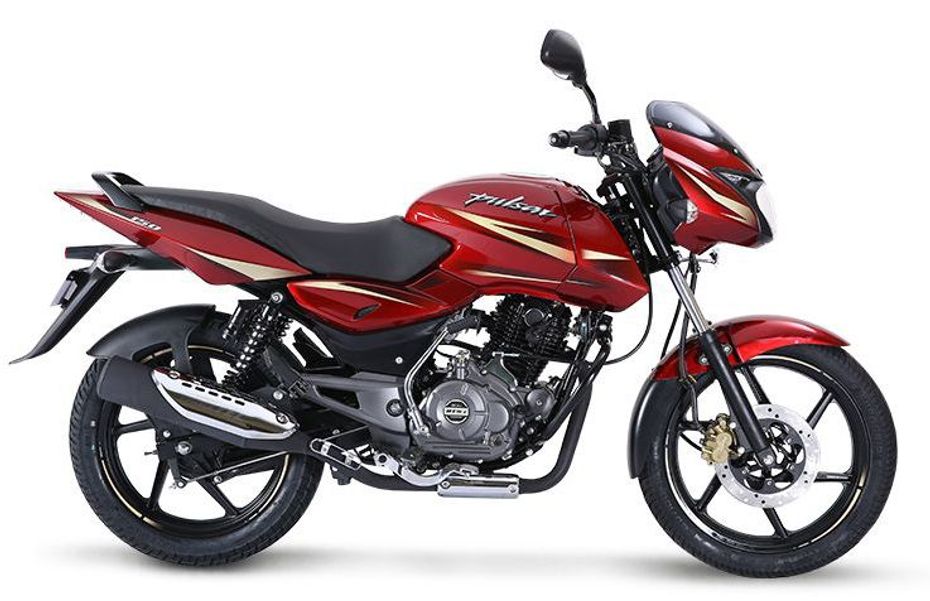
Bajaj Pulsar 150
While the 150cc segment was associated with performance initially, the game has moved on now. Now, 160cc bikes take care of the performance aspect while 150cc bikes now focus towards customers who want the prestige associated with a 150cc bike but do not want to compromise on price and running costs. The Pulsar 150 has been around since 2001 and since then has undergone 10 updates. For 2017, the third-generation Pulsar 150 gets the biggest changes in the Pulsar range.
The biggest update is the BSIV engine which now uses the crankcase from the larger Pulsar 180/220. Changes to the engine includes a shorter bore and longer stroke which results in a 1PS drop in power, but torque figure has increased by 1Nm. The bike now produces 14PS @ 8000rpm and a peak torque of 13.4Nm @ 6000rpm. Bajaj also claims that NVH levels have improved considerably in the new Pulsar 150. The bike is priced at Rs 74,603 (ex-showroom, Delhi), Rs 800 more than the previous variant.It faces competition from the Honda CB Unicorn150, Hero Achiever and TVS Apache RTR160.
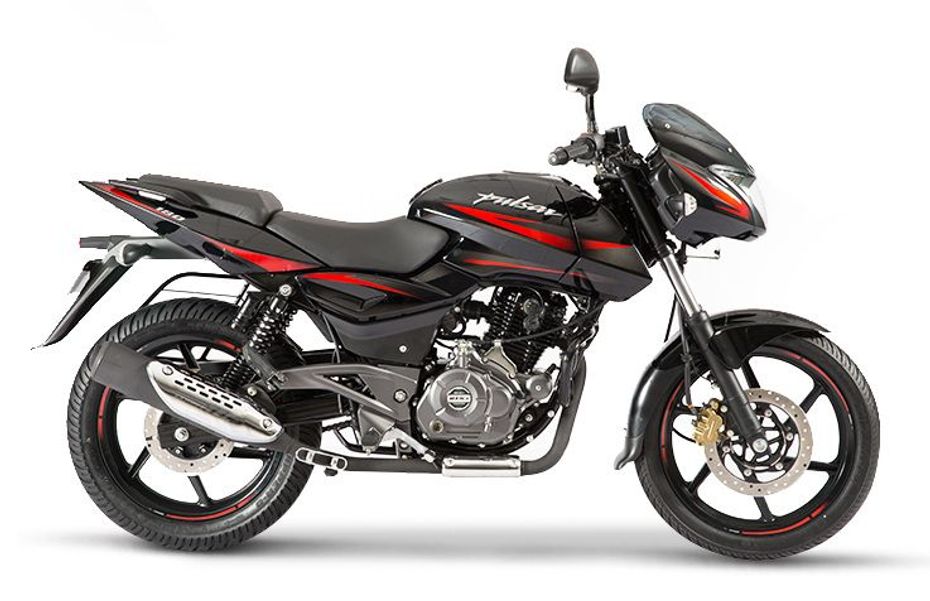
Pulsar 180
The Pulsar 180 sits comfortably between the Pulsar 150 and 200, offering the best of both worlds. For 2017, the Pulsar 180 gets new graphics, faux carbon fibre instrument cluster surround, and a more refined BSIV-compliant engine that makes the same 17PS @ 8500rpm and a peak torque of 14.2Nm @ 6500rpm.The major change is the addition of a rear disk brake. The bike is priced at Rs 79,545 (ex-showroom, Delhi), around 3500 more than the earlier version.Its main competitor is the TVS Apache RTR180.

EXCLUSIVE: 2024 Bajaj Pulsar 150 Launched, Know Onroad Price, New...

Ather Rizta vs Ola S1 Air vs Bajaj Chetak vs TVS iQube :...

Ather Rizta’s Underseat Storage Revealed In New Teaser

Ather Rizta Launch On April 6: From Expected Price To Range...

Weekly Bike News Wrap-up: Bajaj Pulsar N125 And N250 Spied, Ather...

BREAKING: Ather Rizta Pre-Bookings Begin

Ather Rizta Launch Tomorrow: Know Expected Price, Range, Features And...

BREAKING: Ather Rizta Launched In India At Rs 1.10 Lakh

All-New Bajaj Pulsar NS400 Launch Confirmed: May 3, 2024
India's largest automotive community